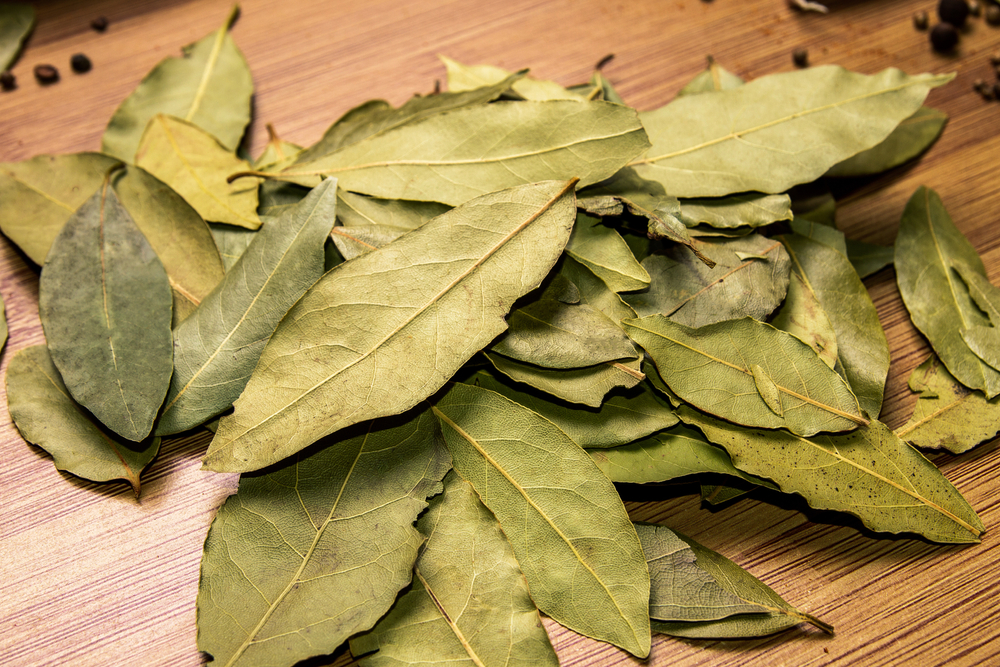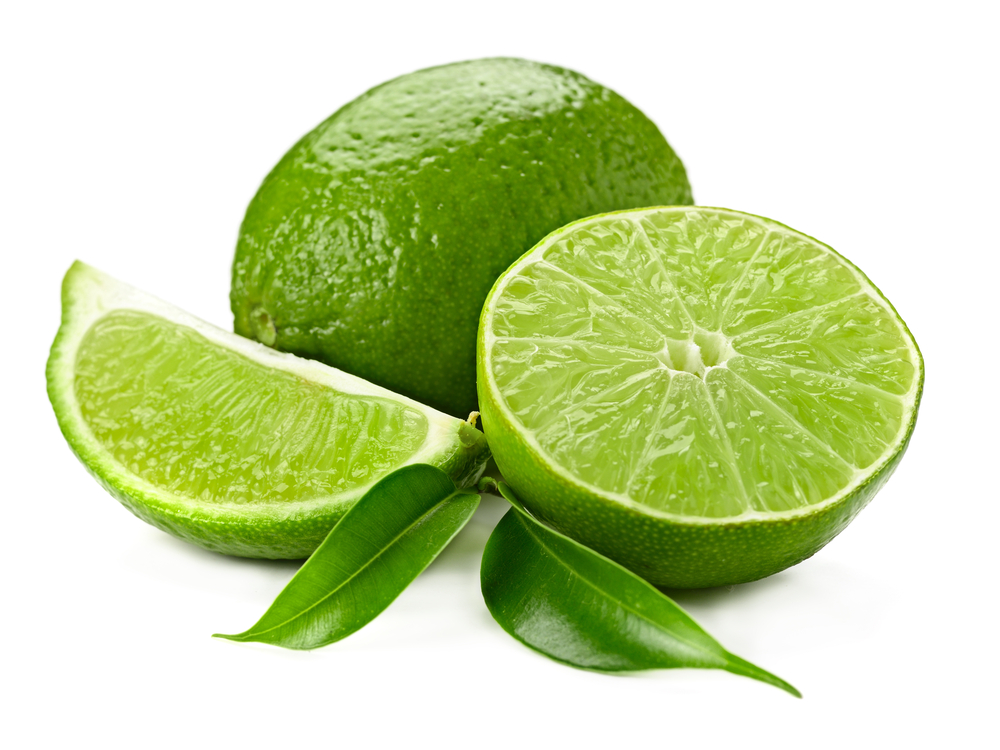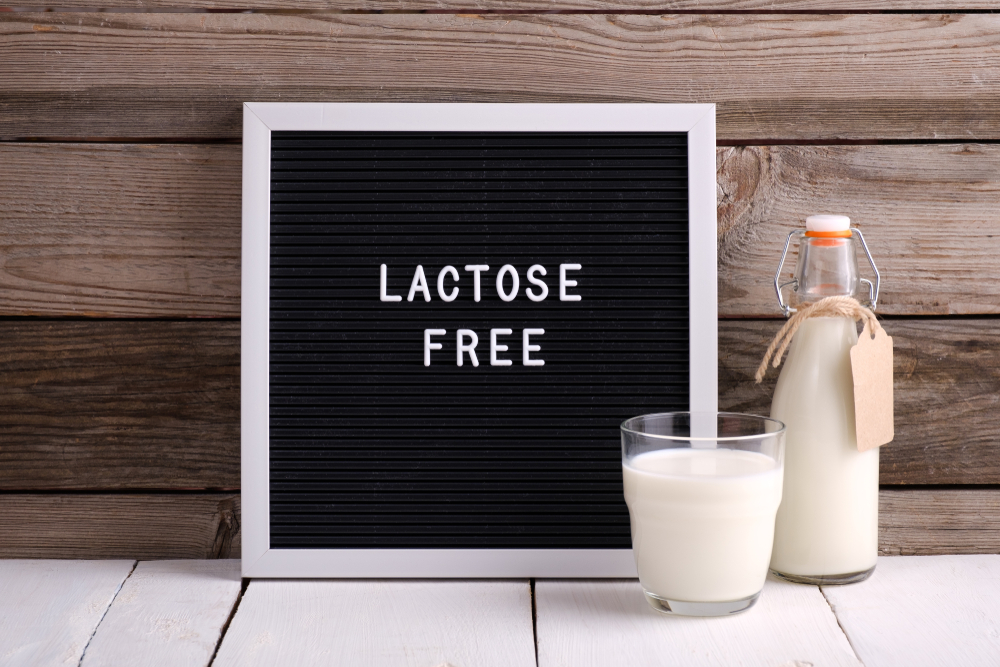In the hustle of modern life, finding the time to prepare healthy and delicious meals can be a challenge. As someone who values efficiency in the kitchen, I’ve learned that meal prep is a game-changer.
It not only saves precious hours each week but also ensures that I’m eating nutritious, home-cooked food on a regular basis. With a few smart strategies and some culinary creativity, anyone can transform meal preparation from a daily chore into a once-a-week endeavor that leaves the rest of the week stress-free.
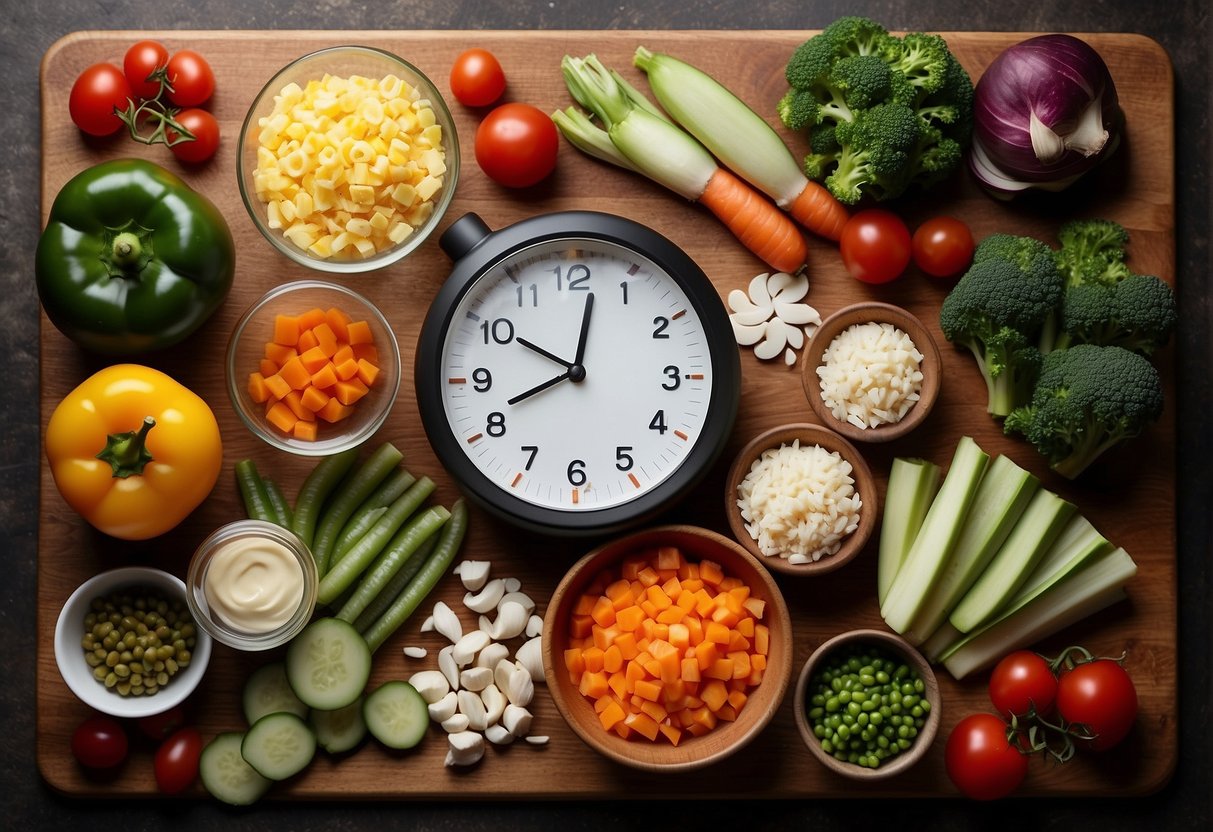
Understanding the right techniques and adopting clever hacks can streamline the meal prep process, turning it into a simple and enjoyable part of your routine.
Whether it’s mastering the basics like chopping and storage or implementing time-saving cooking methods, the goal is to work smarter, not harder. Embracing meal preparation as a habit can lead to healthier eating patterns, less food waste, and more free time to spend on activities you love.
Laying the Groundwork: Smart Grocery Shopping

Before diving into meal prep, it’s crucial to shop efficiently. Buying the right items and organizing your list strategically can make all the difference.
Choosing the Right Ingredients
When I hit the grocery store, my first stop is the produce section. I make it a point to pick up versatile vegetables like peppers, onions, and tomatoes; they’re perfect for a variety of recipes. Avocado is also a must for its healthy fats and ease of use in meals. I always grab a mix of fresh and frozen veggies; the latter don’t spoil and are great for last-minute additions. I’m mindful to include ginger and cherries when in season for a burst of flavor and health benefits.
For protein, I choose cheese for its versatility and keep my eye out for deals on bulk purchases. I navigate to the grains aisle next, where I pick up staple grains like rice and quinoa. These are not only cost-effective but also have a long shelf life.
Optimizing Your Grocery List

I meticulously organize my grocery list by department: produce, dairy, frozen, etc. This not only speeds up my shopping but prevents backtracking that can waste time. Here’s how I structure it:
- Produce: peppers, onions, tomatoes, avocado, cherries, ginger
- Dairy: cheese varieties
- Frozen: mixed veggies, berries, edamame
- Dry Goods: rice, quinoa, spices
I also make sure to stock up on essential spices that can turn a bland meal into something exciting. They are small, but their impact on meal prep is huge. I always verify my inventory before I go to avoid duplicates, ensuring I only purchase what I need.
Mastering Meal Prep Basics

Mastering the art of meal prep is essential for making the most of your time in the kitchen. By understanding batch cooking basics and effectively utilizing kitchen appliances, I can streamline my cooking process and ensure that I’m eating nutritious meals throughout the week.
Batch Cooking Fundamentals
Batch cooking is my go-to method for saving time while prepping my meals. I focus on cooking large quantities of protein—such as chicken, tofu, or beans—which can then be incorporated into various recipes throughout the week. The key is to have a sharp knife and a sturdy cutting board to efficiently prep these ingredients. I typically allocate a couple of hours on a Sunday to cook in bulk, which significantly reduces the time spent cooking on busy weekdays.
My Batch Cooking Steps:
- Plan my recipes for the week.
- Purchase all necessary ingredients in one go, ensuring nutrition needs are met.
- Prep ingredients—washing, chopping, and marinating.
- Cook protein and other components in large batches.
- Store meals in portion-controlled containers for easy access during the week.
Effective Use of Kitchen Appliances
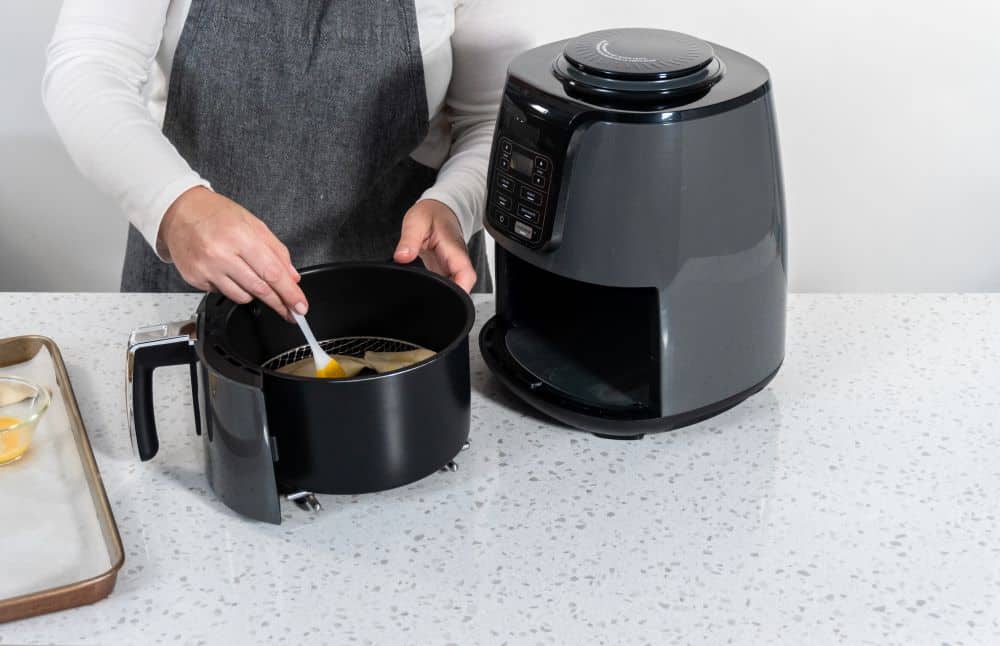
Knowing how to effectively use my kitchen appliances has been a game-changer in my meal prep routine. The Instant Pot, for example, is a versatile tool that combines a pressure cooker, slow cooker, and rice cooker all in one. With this single appliance, I can swiftly cook grains like brown rice or quinoa, which serve as a base for many meals. Additionally, with the help of a microwave, I can reheat meals quickly while preserving their taste and nutrition.
How I Use Appliances:
- Slow Cooker: Prepares hearty stews and tender meats with minimal effort.
- Instant Pot: Cuts down cooking time for grains, legumes, and one-pot dishes.
- Microwave: Efficiently reheats meals, defrosts proteins, and even steams vegetables.
By implementing these strategies, I make sure I have a nutritious meal ready in a matter of minutes when I’m short on time.
Time-Saving Cooking Techniques
In my kitchen, efficiency is paramount. I employ specific strategies to ensure that meal prep is quick and manageable, particularly focusing on techniques that lend themselves to batch cooking and ease of use during the week.
Utilizing Freezer-Friendly Strategies
I often turn to freezer-friendly strategies to save time. For instance, I cook rice and grains in bulk and portion them out into freezer bags. This allows me to quickly reheat a serving whenever needed, ensuring a fast preparation of meals during busy days. Frozen veggies are another staple in my freezer; they require no chopping and can be tossed into any dish for an instant nutrient boost. I make sure to lay the bags flat in the freezer to save space and for quicker thawing.
Quick and Healthy Breakfast Options

For breakfast, I have found that overnight oats offer a convenient solution. I layer oats, milk, and toppings like fruits and nuts, and let them soak overnight. In the morning, I’m greeted with a ready-to-eat meal. Additionally, I prepare smoothies in advance by portioning out fruits and vegetables into individual bags.
These go from freezer to blender for a quick and nutritious meal. For something savory, I bake egg cups filled with veggies and meats on the weekend and simply reheat them throughout the week. These breakfast hacks not only save time but also provide healthy and energizing meal options.
Efficient Food Storage Solutions
When it comes to meal prep, efficient food storage is essential. I know that proper containers and labeling techniques can maximize shelf life and save money. Let me share some specific tips on how to achieve that.
Making the Most of Containers
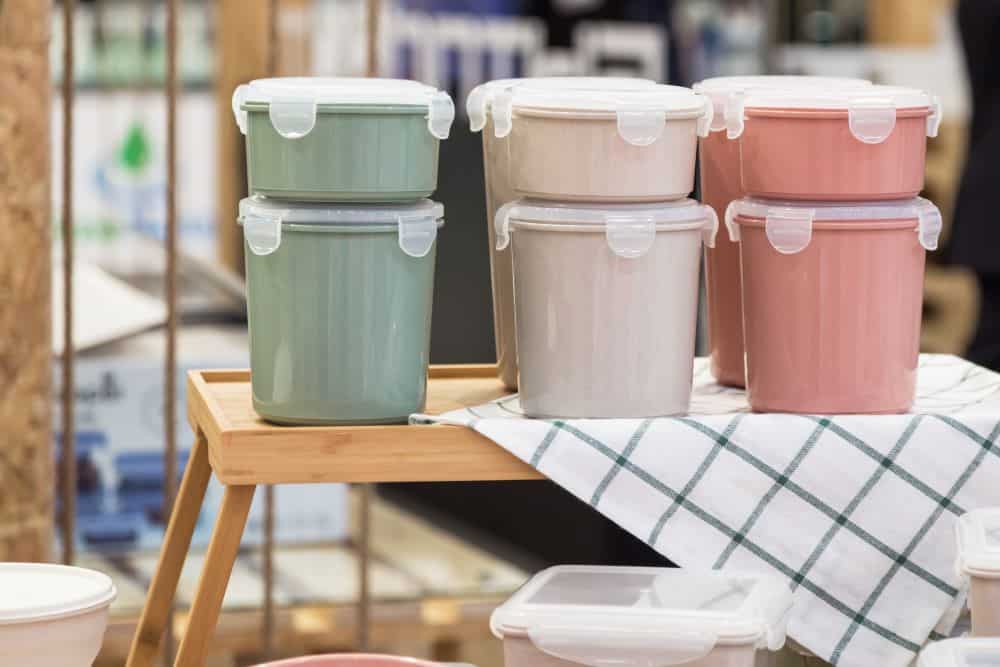
For a start, choosing the right containers is crucial. I use glass containers because they are durable and do not retain odors or colors from food. Plastic containers work as well, especially if they are BPA-free and microwave-safe. When storing cooked protein, such as chicken or fish, I make sure it cools down before sealing it to prevent bacterial growth.
I often utilize mason jars for salads or overnight oats—they’re perfect for stacking in the fridge. Additionally, I prefer storage containers that are transparent or have a clear window; seeing the contents at a glance helps manage my inventory efficiently.
Labeling and Tracking Freshness
Labeling is a game-changer. I always label my storage containers with the contents and the expiration date to track freshness. This helps me use ingredients before they go bad, which in turn, saves money. My go-to method is using a piece of masking tape and a permanent marker, which sticks well yet is easy to remove.
This is particularly helpful for freezer-friendly meals, as it can sometimes be difficult to remember how long something has been frozen. A quick glance at my labeled containers, and I know exactly what I have and how long it lasts, ensuring nothing goes to waste.
Creative Meal Prep Ideas and Hacks
In the pursuit of efficiency and flavor, I’ve found several meal prep hacks that streamline the cooking process without compromising on taste. Let’s dive into innovative uses for everyday ingredients and quick fixes for snacks and sides.
Innovative Ways to Use Common Ingredients
Eggs: A versatile ingredient, eggs can be quickly scrambled or turned into an omelette with pre-diced peppers and onions, saving time during busy mornings.
Avocado: Instead of slicing it every time, I mash avocado with a bit of lemon juice and store it in an airtight container for an easy, no-brown spread over toast or as a jar salad base.
Cheese: Freezing grated cheese makes it perfect for quick use without any additional effort—great for garnishing or added protein.
Bananas: I slice them ahead of time and freeze them for smoothies or use them as a natural sweetener for oatmeal.
Preserve Fresh Herbs: Freezing fresh herbs in olive oil within an ice cube tray extends their life and infuses the oils, making instant flavor boosters for sautés or dressings.
Quinoa: Cooking a large batch of quinoa on the weekend allows me to have a versatile base for salads or sides ready in a jiffy.
Speedy Snacks and Sides
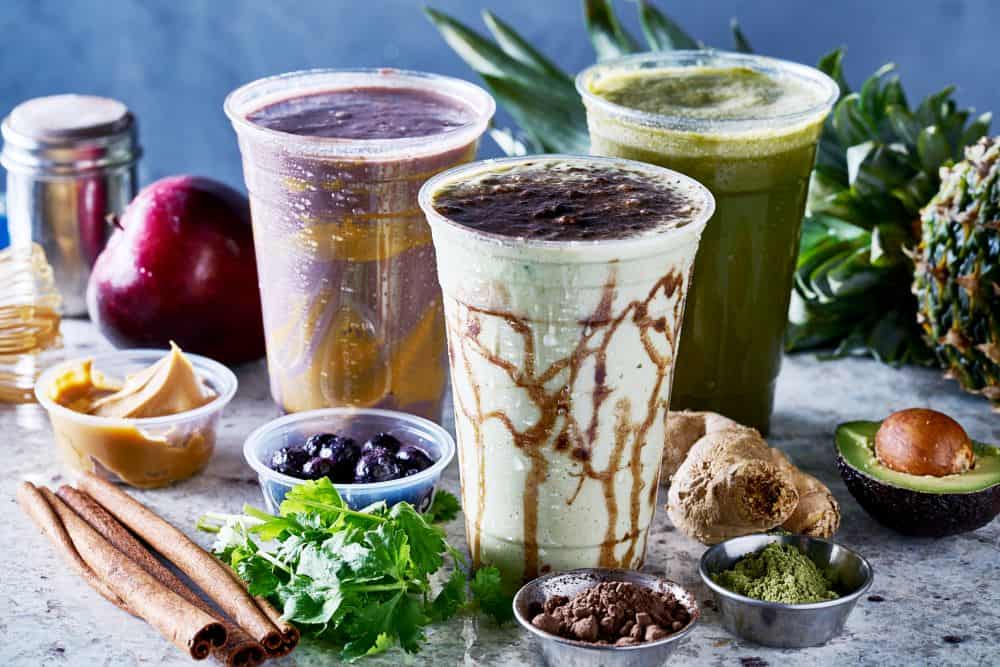
Jar Salads: My go-to for a rapid, healthy meal. Layering hearty greens, proteins, and a dressing in a jar makes a salad that’s portable and resistant to sogginess.
Smoothies: By using pre-cut and frozen fruit, my smoothies are prepared quicker, and the cold ingredients eliminate the need for added ice.
Snacks: I often make a list of snacks like cheese cubes paired with apple slices or bell pepper strips with hummus, prepared in advance and stored in portion-sized containers.
Bundt Pan Chicken: Placing a whole chicken on a bundt pan allows me to roast vegetables in the pan’s middle, thereby making a complete meal in one go.
By incorporating these hacks into my routine, I can make meal prep a less daunting and more creative process.
Maintaining a Healthy and Balanced Diet

When it comes to meal prep, one of my main goals is to maintain a healthy and balanced diet. Nutrition is key, and I find focusing on including a variety of proteins, fresh vegetables, and whole grains ensures that my meals are both satisfying and nutritionally complete.
For proteins, I often turn to convenient options like canned tuna or salmon, as they’re rich in omega-3 fatty acids and can be quickly added to meals. When I cook chicken or beef, I make extra to have leftovers that can be repurposed into salads, wraps, or stir-fries for days to come.
Here’s a simple guideline I follow for portion control:
- 1/2 of the plate: Vegetables and fruits
- 1/4 of the plate: Protein sources
- 1/4 of the plate: Whole grains or starchy vegetables
This ensures I’m eating a balanced meal with all the necessary macronutrients. I also practice portioning out my meals into individual containers – this is a time-saving hack that helps me avoid the temptation of overeating.
In my quest for healthy eating, I’ve discovered the magic of one-pan dishes. They’re not only time-efficient but also minimize cleanup. By roasting a mix of root vegetables and chicken thighs on a single pan, I’m able to create a nutritious meal in no time.
Lastly, having a clear meal plan for the week avoids the daily stress of deciding what to make. This organization doesn’t just save time, it also commits me to a healthier lifestyle, reducing my reliance on fast food and impulsive eating choices.
Frequently Asked Questions
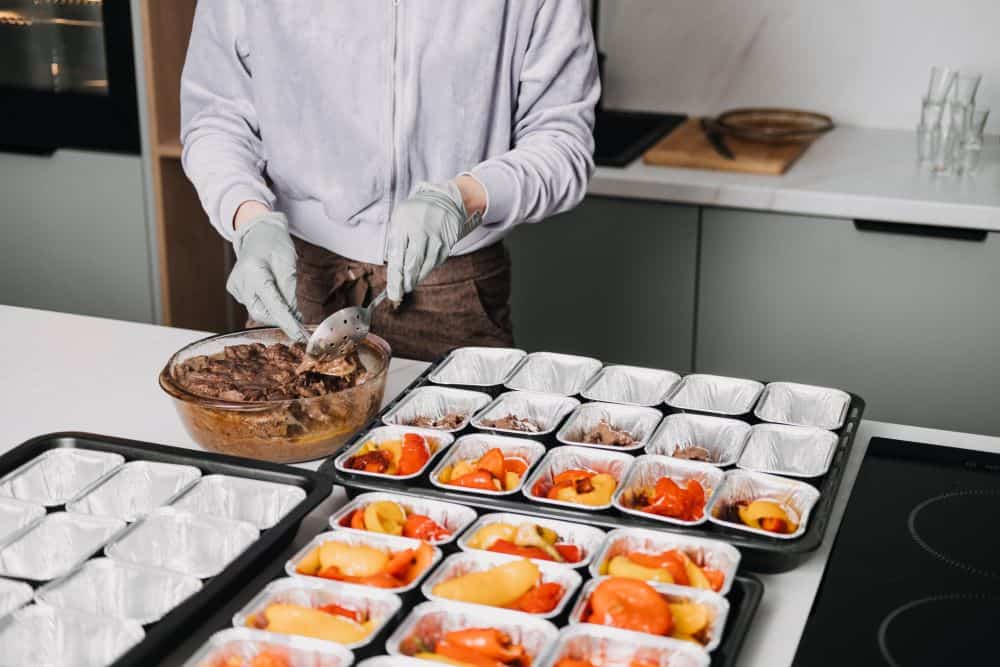
In this section, I cover several common inquiries about meal prepping efficiently to maximize your time savings and maintain healthy eating habits.
What are the top strategies for efficient meal preparation?
Efficient meal prep often involves batch cooking and using multipurpose ingredients. I find that preparing larger quantities of versatile components like quinoa or grilled chicken can simplify creating various meals throughout the week.
How can I streamline my cooking process when meal prepping?
To streamline the cooking process, cook several ingredients on one pan. This approach reduces the number of pots and pans used, creates fewer dishes to wash, and saves time by cooking everything together.
What kitchen tools can save time during meal prepping?
Investing in a good quality food processor cuts down on chopping time. Slow cookers are also excellent for preparing meals in large batches while doing other tasks.
Can you suggest quick and healthy meal prep recipes for a busy week?
Yes, recipes like grain bowls with roasted vegetables and a protein or pre-portioned smoothie packs that you can blend in the morning are both quick and healthy options for a busy week.
What are some simple meal prep tips for beginners?
For beginners, I recommend starting with setting aside a consistent time for prep and focusing on preparing simple dishes that use common, easy-to-cook ingredients to build confidence in the kitchen.
How do restaurant chefs expedite meal prepping processes?
Restaurant chefs often employ mise en place which translates to ‘putting in place’. This means they prep all ingredients before cooking, enabling them to assemble dishes quickly and efficiently during service.


